
Every business needs to take on some marketing tactics to reach new heights. But most of the marketing tactics are very expensive. So, small companies and startups often fail to take them on. And here’s where the Inbound marketing approach comes into play.
So, whether you’re a seasoned marketer or new to the field, this blog is your guide to understanding inbound marketing, fundamental principles, strategies, and the incredible potential of inbound marketing to revolutionize your business.
What Is Inbound Marketing?
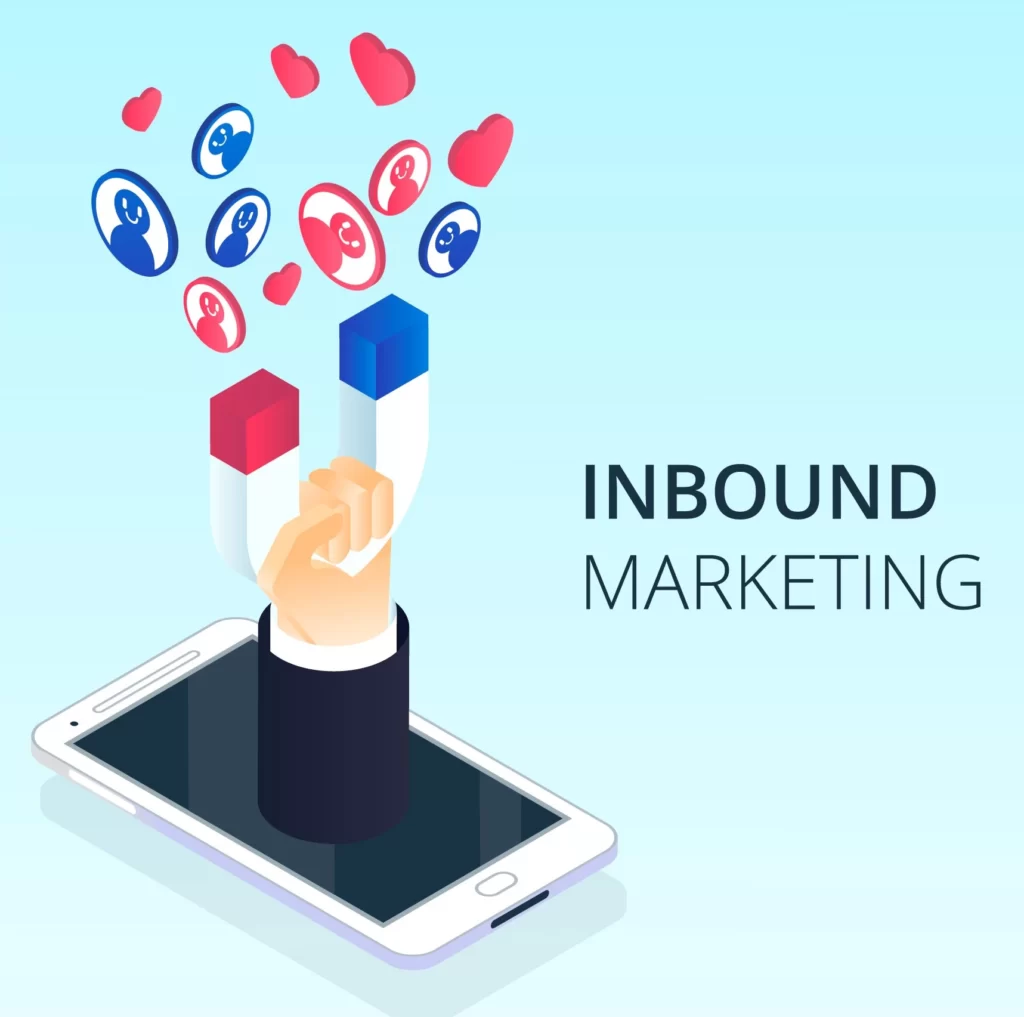
Inbound marketing adopts a customer-centric strategy that draws in and involves potential customers through valuable content and personalized experiences. Unlike traditional outbound marketing strategies that rely on interruption-based tactics, such as cold calling and advertising, inbound marketing strives to attract customers to your business. Enhance your business by offering pertinent and valuable information.
By creating compelling content, optimizing your online presence, and nurturing customer relationships, inbound marketing aims to build trust, establish credibility, and ultimately drive conversions.
It revolves around delivering the right message to the right audience at the right time, creating a meaningful connection that leads to long-term customer loyalty and business growth.
Why Inbound Marketing?
- Increase Brand Awareness: Most of the purchases start with online research. If your company’s name appears in the top section of the search results, it will help you create a good brand impression. You only need content marketing, social media marketing, Search Engine Optimization, etc. Also, there can be other platforms to attract prospects.
- Improve Brand Preferences: Creating a good relationship even if your customers are not ready for purchases never goes in vain. Interacting with your customers and letting them know about your brand will always strike your company’s name in their minds when they are ready for any purchases.
- Lower Expenses: Mass Marketing over content marketing always comes out much more expensive, along with high risks. It’s like driving on narrow roads around a mountain. On the other hand, investing in Inbound marketing always comes out with much higher chances of lead generation and organic reach, with low cost and low risk.
Let’s understand the core principles of inbound marketing.
Core Principles Of Inbound Marketing
The three core principles of Inbound Marketing are as follows:
- Attracting the right audience through targeted content
- Engaging and nurturing leads through personalized experiences
- Delighting customers to foster loyalty and advocacy
Attracting The Right Audience Through Targeted Content
Inbound marketing begins with attracting the right audience to your brand. This principle involves creating and delivering targeted content that resonates with your ideal customers. By understanding your target audience’s demographics, interests, pain points, and preferences, you can develop content that addresses their needs.
This includes conducting thorough market research, identifying relevant keywords for search engine optimization (SEO), and tailoring your content to different stages of the buyer’s journey. By attracting the right audience through targeted content, you can increase engagement, build brand awareness, and establish yourself as a trusted resource.
Engaging And Nurturing Lead Through Personalized Experiences
Once you’ve attracted the right audience, engaging and nurturing leads through personalized experiences is the next step. This principle involves building meaningful connections with your prospects by delivering relevant, timely, and tailored content to their specific needs. Personalization is possible through diverse strategies, including email marketing Automation, dynamic website content, and targeted social media campaigns.
By understanding your leads’ interests, behaviors, and preferences, you can provide valuable information, address their concerns, and guide them through the buyer’s journey. This helps to establish trust, build relationships, and increase the likelihood of conversion.
Delighting Customers To Foster Loyalty And Advocacy
The inbound marketing approach continues once a lead becomes a customer. The principle of delighting customers focuses on providing exceptional experiences that exceed their expectations and foster loyalty. This involves delivering excellent customer service, personalized support, and ongoing communication.
By engaging and delighting your customers, you foster brand advocates inclined to recommend your products or services. You promote products or services to others, which may result in favorable word-of-mouth, referrals, and heightened customer retention.
Additionally, delighted customers are more likely to engage with your content, participate in loyalty programs, and provide valuable feedback for continuous improvement.
Now that you have grasped the fundamentals of inbound marketing, it’s time to explore the various strategies that make it effective.
Inbound Marketing Strategies
Content Marketing
Content marketing is a central strategy in inbound marketing. It includes crafting and disseminating valuable, pertinent, and informative content to captivate and involve your intended audience.
Consistently producing high-quality content, such as blog posts, articles, ebooks, videos, infographics, and more, tailored to the interests of your target audience, establishes you as a thought leader. Which elevates your brand, improves visibility, and drives organic traffic to your website.
Search Engine Optimization (SEO)
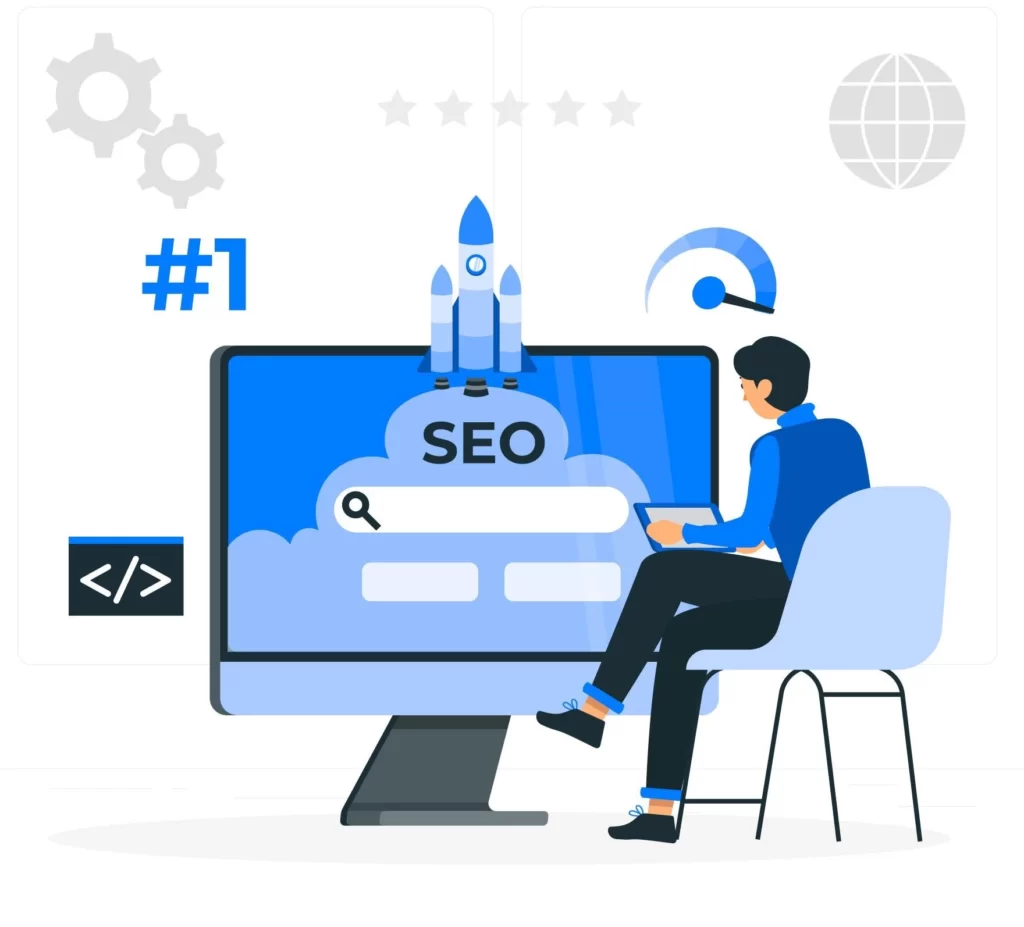
SEO is crucial in inbound marketing by optimizing your website and content to achieve higher rankings in search engine results. By conducting keyword research, optimizing on-page elements, building quality backlinks, and improving user experience, you can enhance your website’s visibility and attract organic traffic from search engines.
SEO guarantees that your content is readily accessible to your target audience, increasing the chances of attracting qualified leads.
Social Media Marketing
Social media platforms offer a superb chance to interact with your intended audience, share your content, and build brand awareness. Effectively connect and interact with potential customers by identifying the social media channels your audience prefers and creating a compelling social media strategy. Social media marketing allows you to share valuable content, participate in discussions, run targeted ad campaigns, and foster meaningful relationships with your audience.
Email Marketing

Email marketing is a powerful strategy for nurturing leads and maintaining relationships with your audience. Collecting email addresses through lead magnets and opt-in forms sends customized and focused emails to your subscribers.
This includes sharing valuable content, promoting new offers or products, providing exclusive discounts, and nurturing leads through automated email sequences. Email marketing helps to build trust, stay top-of-mind, and drive conversions.
Conversion Rate Optimization (CRO)
CRO optimizes your website and landing pages to maximize visitors’ conversion percentage into customers. By analyzing user behavior, conducting A/B testing, and implementing data-driven improvements, you can enhance the user experience and increase conversion rates. CRO involves optimizing call-to-action buttons, improving page load times, simplifying forms, and reducing friction in the conversion process.
Marketing Automation
The marketing automation process entails utilizing software and tools to streamline and automate processes. Repetitive marketing tasks, streamline processes, and nurture leads.
By setting up automated workflows and email sequences, you can deliver personalized content to leads at the right time in their buyer’s journey. Marketing automation helps to save time, increase efficiency, and have a consistent and customized experience for your audience.
A few Of The Marketing Automation Tools Are:
FAQs
Q1: What is inbound marketing?
A1: Inbound marketing is a customer-centric digital marketing strategy focused on attracting, engaging, and delighting an audience through the creation and distribution of relevant and valuable content.
Q2: How does inbound marketing differ from traditional marketing?
A2: Unlike traditional marketing that interrupts the audience with messages, inbound marketing seeks to naturally draw in potential customers by providing them with helpful information tailored to their needs and interests.
Q3: What are the key components of inbound marketing?
A3: The key components include content creation, SEO optimization, social media engagement, email marketing, and the use of various digital tools to attract, convert, close, and delight customers throughout the buyer’s journey.
Conclusion
The main focus of any startup is to grow as fast as possible, and for this, they need to take on inbound marketing strategies as they come out with the best results. You’ll need to know the problems and requirements of the customers, post SEO-optimized content with solutions to their issues, and attract them like a magnet.
Inbound Marketing always focuses on providing substantial value to your customers and includes much more than just selling your product or service. This will help them understand that they are unique to you and you care for them.
Once you have your audience, show them the value you can provide and convert your visitors to potential leads. Furthermore, if you have any issues regarding the above points, please let us know in the comment section!


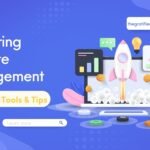
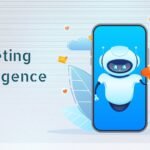



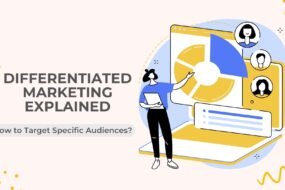
No Comments